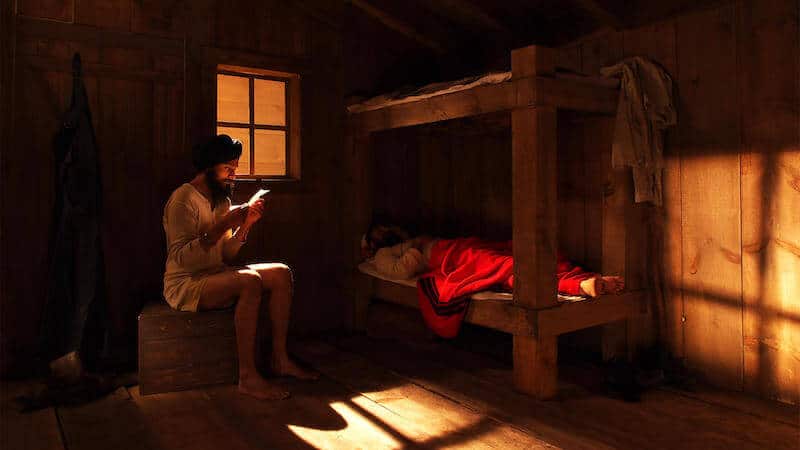Rungh ‘mock up’ cover design 1991 for Canada Council funding application.
Design: Abdallah Jamal and Sherazad Jamal.
Thirty years after its making, the 1992 Rungh magazine launch video offers an important view of an emerging consciousness among diasporic artists finding that they are neither alone, nor the first, nor the only community to give voice to a poetics and a politics of South Asianness in the Canadian context. More than a series of reflections, literary readings, and performances that took place at a venue in Toronto one night, what this video uniquely records is a collective effort to place the launch of a new magazine within an artistic continuum, through successive waves of migration to Canada. It provides an insight, too, into how the language of identity, among artists who chose to come together in the face of racism and other social barriers, has evolved out of necessity over time, and must continue to do so.
More and more forms of culture now depend for their existence on being visible on screens. The visibility of a work of art has also become its site of meaning, its authority, its truth, almost to the exclusion of other ways of arriving at knowledge. In the digital age, older and slower forms of discourse have been pushed to the very margins of our culture — that is, the effort to shape a context or a retrospective; the use of allusion, citations of influence and inspiration, contrast and comparison; partial or subtle shifts in perspective and disagreements with prevailing critical judgements of art; even, to some degree, the simple phenomenon of people gathering in one place, to look at or listen to art, have all become dispensable.
Collective memory, which has traditionally made in-depth forms of discourse possible, grows increasingly precarious. In order to fill your newsfeed today, algorithms depend on your ability to forget what happened three weeks ago, or three hours ago.
Archives and the documentarians and interlocutors who create them stand against this perpetual amnesia. They take their inspiration and draw meaning not from claiming to be the first, but from the certainty that they draw from a deep well; that if they reach backwards in time with enough patience, in spite of the fact that so many narratives have begun in rupture, partition, exile, and loss, they can lay claim to a rich lineage of writers, thinkers, and artists who persisted in creating.













